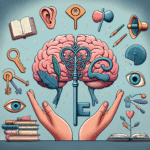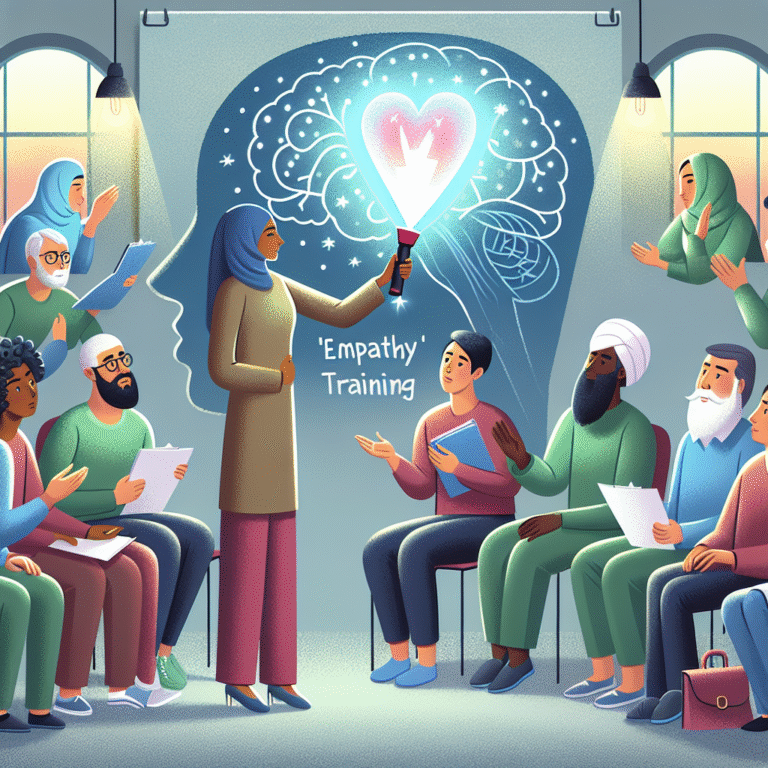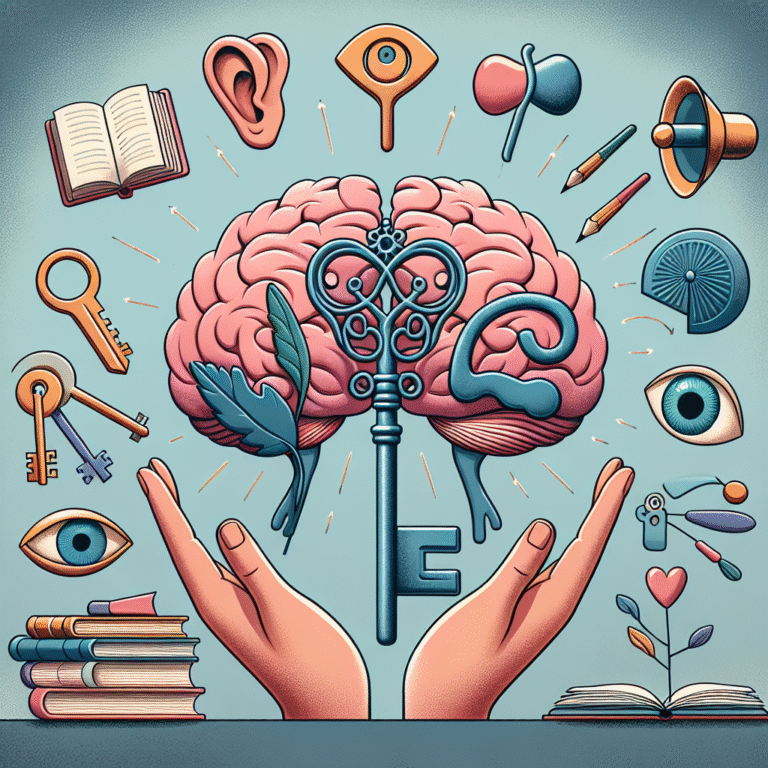
Introduction
In a world where opportunities are abundant, many people find themselves feeling trapped by their own thoughts. The key to unlocking our potential lies in understanding an often-overlooked aspect of our psyche: the subconscious mind. From Limiting Beliefs to Limitless Potential: The Role of the Subconscious could very well be the mantra for anyone who is eager to break free from the chains of self-doubt and fear. This article explores how your subconscious can either propel you forward or hold you back, and how harnessing its power can lead to meaningful transformation.
Understanding Limiting Beliefs
What Are Limiting Beliefs?
Limiting beliefs are nothing but thoughts that constrain us. They are the quiet voices in our heads that say, "You can’t do that" or "You’re not good enough." From early childhood experiences to societal expectations, limiting beliefs can stem from various sources.
Table 1: Common Sources of Limiting Beliefs
| Source | Example |
|---|---|
| Childhood Experiences | "I was told I was bad at math." |
| Societal Expectations | "Women shouldn’t lead." |
| Cultural Influences | "Pursuing art is not a real job." |
The Impact on Daily Life
Limiting beliefs can manifest in various aspects of life, from career choices to personal relationships. For example, someone who believes they are unworthy may sabotage career opportunities, turning down promotions or not networking effectively. Understanding these beliefs is the first step toward eradicating them.
The Subconscious: The Silent Driver
What Is the Subconscious Mind?
The subconscious mind acts like a vast reservoir of thoughts, memories, and experiences. It works tirelessly in the background, influencing our actions and reactions, often without us even realizing it. This is where From Limiting Beliefs to Limitless Potential: The Role of the Subconscious comes into play—our subconscious serves as both a custodian and a catalyst for change.
How the Subconscious Operates
- Automatic Responses: The subconscious controls habitual reactions to various situations. For example, if you’ve been criticized often, you may react defensively when faced with feedback.
- Storage of Beliefs: All our experiences form beliefs in the subconscious. Even positive experiences can be overshadowed by one negative encounter.
Bridging the Gap: From Limiting Beliefs to Limitless Potential
Identifying Your Limiting Beliefs
To transcend limiting beliefs, you first need to identify them. This involves self-reflection and sometimes even professional assistance, such as therapy or coaching.
Case Study: Emma’s Journey
Emma, a 32-year-old marketing professional, felt stagnant in her career. After attending a personal development seminar, she realized her limiting belief was tied to a childhood experience where she was told she would never amount to anything. By reframing this narrative into a positive affirmation, Emma was able to pursue a promotion she initially believed was out of her reach.
Reprogramming the Subconscious Mind
Reprogramming your subconscious is crucial for changing your limiting beliefs into empowering ones.
Techniques for Reprogramming
Affirmations: Positive statements made repeatedly can help reshape your belief system. Using phrases like, "I am capable of achieving greatness" can have a profound impact.
Visualization: This technique involves vividly imagining your goals as if they’ve already been achieved. Research has shown that this method can stimulate the subconscious mind, aligning your actions with your aspirations.
- Meditation and Mindfulness: These practices allow for greater awareness of your thought patterns, giving you the tools to challenge and change them.
Table 2: Techniques for Reprogramming the Subconscious
| Technique | Description | Benefits |
|---|---|---|
| Affirmations | Repeating positive statements | Builds confidence |
| Visualization | Imagining goals as reality | Motivates action |
| Meditation | Quieting the mind to gain awareness | Enhances focus |
Case Study: Transforming Through Visualizations
Michael’s Experience
Michael was a public speaker who struggled with anxiety. He often found himself paralyzed by the thought of failure. After incorporating visualization techniques into his preparation routine—seeing himself successfully delivering his speeches—he transformed his self-doubt into confidence.
The Science Behind the Subconscious Mind
Neuroscience of Limiting Beliefs
Neuroscience tells us that the brain is malleable; it can reorganize itself based on new experiences. The concept of neuroplasticity indicates that by changing our thoughts—especially those related to self-limiting beliefs—we can fundamentally alter brain pathways.
Mind-Body Connection
The mind-body connection is crucial to understanding limiting beliefs. Stress and anxiety linked to limiting beliefs can manifest physically, showing just how deeply entwined our mental and physical states are.
Creating a Supportive Environment
Surrounding Yourself with Positive Influences
Your external environment can profoundly affect your internal landscape. Surrounding yourself with uplifting individuals can act as a catalyst for change.
Case Study: Team Empowerment
In a study conducted at a corporate firm, employees who engaged in collaborative projects with supportive teams reported significantly lower levels of stress and higher job satisfaction. This environment helped them shed self-imposed limitations and improved overall productivity.
Continuous Learning and Growth
Engagement in continuous learning not only expands your knowledge but can also shift limiting beliefs. The more you know, the less room there is for doubt.
Overcoming Challenges: The Road Ahead
Common Obstacles
While working towards translating limiting beliefs into limitless potential, several challenges may arise:
- Fear of Change: The subconscious often resists changes, perceiving them as threats.
- Self-Sabotage: This can manifest as procrastination or avoidance behavior.
- Negative Feedback Loops: Past failures can create a cycle of negativity that hampers progress.
Navigating Through Challenges
- Seek Professional Help: Coaches or therapists specialized in cognitive-behavioral approaches can guide you through self-discovery.
- Accountability Partners: Working with someone who shares your goals can keep you motivated and on track.
Conclusion
The journey From Limiting Beliefs to Limitless Potential: The Role of the Subconscious is not merely an academic concept; it is a transformative experience. By identifying and confronting your limiting beliefs, reprogramming your subconscious, and creating an environment that supports growth, you can unlock your true capabilities.
As you embark on this journey, remember that the first step is believing in your potential. Take the time today to challenge your limits and aim for the extraordinary.
FAQs
1. What are limiting beliefs?
Limiting beliefs are thoughts that constrain your abilities and potential. They often stem from past experiences and can influence various aspects of your life.
2. How can I identify my limiting beliefs?
Self-reflection, journaling, and seeking professional help can help you recognize patterns or thoughts that may be holding you back.
3. What is the role of the subconscious in shaping beliefs?
The subconscious mind stores all our experiences and shapes our beliefs. It influences our automatic responses and behaviors, often without our conscious awareness.
4. How effective are affirmations?
Affirmations can be incredibly effective when used consistently. They help train your mind to embrace new, positive beliefs, countering limiting thoughts.
5. Can I change my limiting beliefs?
Yes! Through techniques like visualization, affirmations, and therapy, you can reprogram your subconscious mind and overcome limiting beliefs to realize your full potential.
By understanding From Limiting Beliefs to Limitless Potential: The Role of the Subconscious, you set the stage for an empowered, fulfilling life free from self-imposed constraints. Embrace this journey with open arms and a determined heart.











